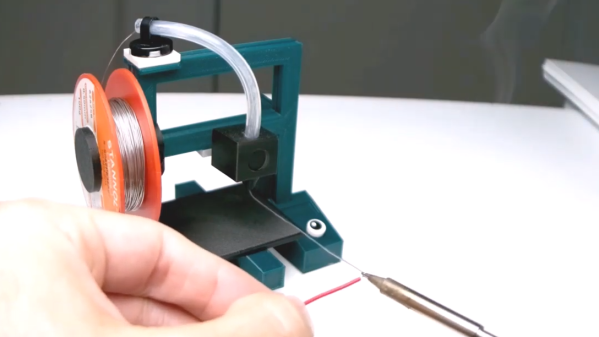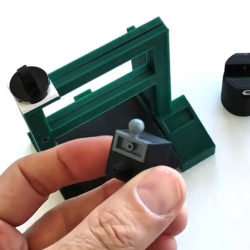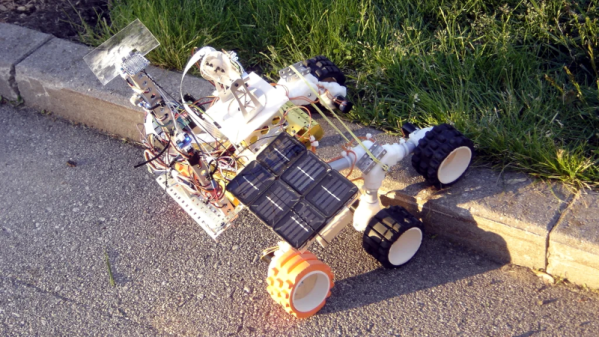Hackaday editors Mike Szczys and Elliot Williams take a look at all the hacks from the week that was. We think we’ve found the perfect tentacle robot, and its matching controller is also a tentacle. An unrelated project uses the same Bowden cable trick as the tentacle controller to measure deflection. If you’re more of a material-science geek, refining black sand to make your own inductors is a fascinating hack. And we wrap up the episode talking SSH keys and buses that go off road, but not in the way you might think.
Take a look at the links below if you want to follow along, and as always, tell us what you think about this episode in the comments!
Take a look at the links below if you want to follow along, and as always, tell us what you think about this episode in the comments!
Direct download (60 MB or so.)



















